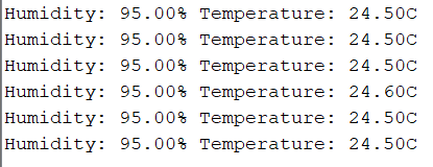Methodology
Control: Mesh at 90 degrees
Preconditioning: Create internal conditions of 95-100% RH and 24.5C (+- 0.1C)
- After construction place internal humidifier within the box, making sure the flow of humidity is not pointed directly on the vertical mesh.
- Insert the vertical mesh frame into the box at the desired angle placed 6" from the fog stream (second humidifier + tube) with the collection basin placed underneath. (Be sure to record the weight of the empty basin first)
- Ensure humidity sensor is connected properly to Elegoo Board and computer.
- Turn on internal humidifier and observe temperature and humidity readings until they reach 95-100% relative humidity at a temperature of 24.5 degrees Celsius (+- 0.1C).
- Once desired conditions are met, turn off the internal humidifier and turn on the external humidifier for 30 minutes. Continue to check the internal conditions of the box, if humidity drops below 100% the internal humidifier must be turned back on until conditions are met again.
- After 30 minutes, turn off both humidifiers (if applicable) and weigh the basin containing the collected condensation.
- Separate the polycarbonate box from its wooden base and remove all moisture with towel. Use towel to also dry the vertical mesh.
- Repeat steps 1-7 to test different contact angles.
Control: Mesh at 90 degrees
Preconditioning: Create internal conditions of 95-100% RH and 24.5C (+- 0.1C)
The attached video shows a fog collector in action!
